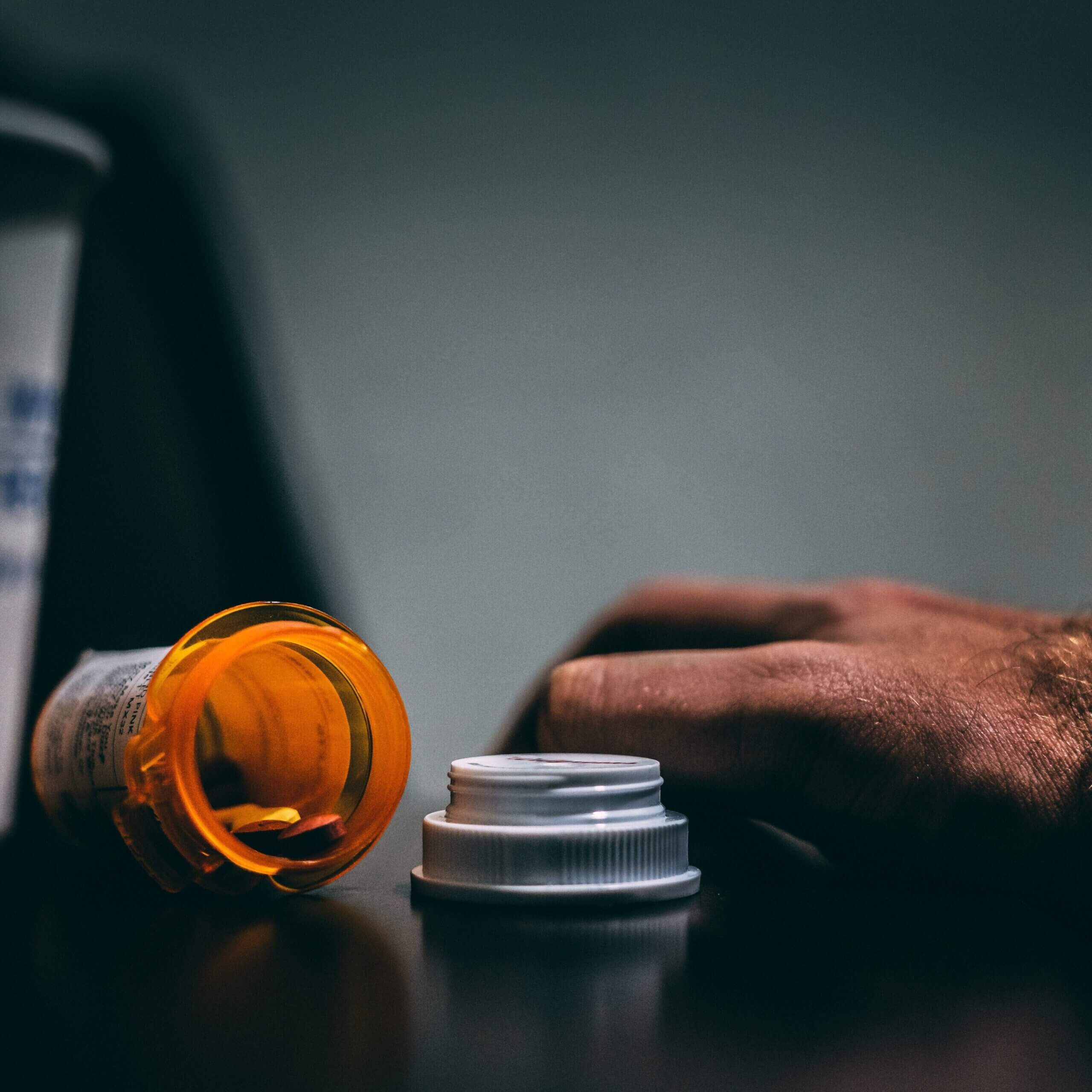Experts of the Stanford-Lancet Commission warn that there could be over 1.2 million additional opioid overdose deaths expected in North America by 2029. The estimated number is more than double the amount of opioid overdose deaths that have occurred in the past 2 decades.
The opioid crisis in North America has been both intensified and overlooked since the COVID-19 pandemic began in 2020. In that year alone, the US reported a 37% increase in overdose deaths while Canada reported an increase of 67%.
The global number of deaths is expected to rise due to the impact the epidemic is having across the world as it extends beyond North America.
However, this number isn’t written in stone. Authors of the report, Responding to the opioid crisis in North America and beyond: recommendations of the Stanford–Lancet Commission, including Keith Humphreys, PhD, stated that taking action with urgent interventions, like health policy reform and stricter corporate regulations, could procure a less fatal outcome, at least by decreasing the amount of individuals who die as a result of an opioid overdose.
Treating Addiction as the Chronic Condition it is
Despite plenty of literature regarding substance use disorder as a chronic condition, in many aspects of society there’s still stigma associated with it. Particularly in the USA, there’s a lack of accessible, high-quality, non-stigmatizing, and integrated health and social care services for individuals who are experiencing this disorder.
Now that the continent is facing a drastic increase in fatal numbers, the Stanford-Lancet Commission strongly recommends that addiction-related services are permanently featured in the health and social care systems of the USA and Canada.
There are existing chronic disease management models in place that are financed and organized as a core public health commitment, and should be applied to substance use disorder.
In order to apply these models to the opioid epidemic, public and private health…

